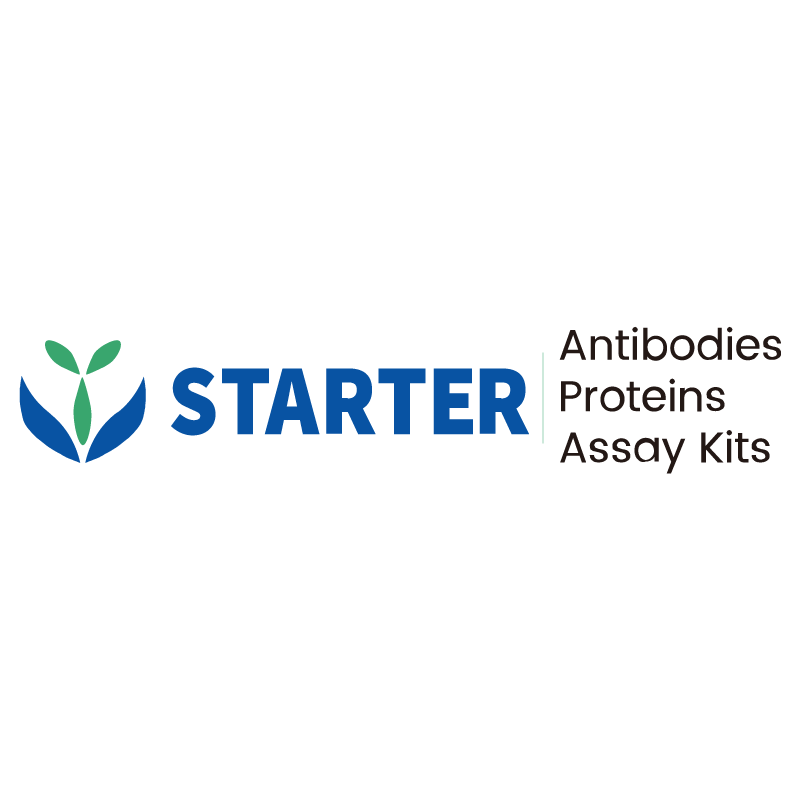Flow cytometric analysis of human peripheral blood Leukocytes labelling Human CD55 antibody at 1/200 (1 μg) dilution (Right panel) compared with a Mouse IgG2a, κ Isotype Control (Left panel). Goat Anti-Mouse IgG Alexa Fluor® 488 was used as the secondary antibody.
Product Details
Product Details
Product Specification
| Host | Mouse |
| Antigen | CD55 |
| Synonyms | Complement decay-accelerating factor; CR; DAF |
| Location | Cell membrane |
| Accession | P08174 |
| Clone Number | S-3120 |
| Antibody Type | Mouse mAb |
| Isotype | IgG2a,k |
| Application | FCM |
| Reactivity | Hu |
| Positive Sample | human peripheral blood Leukocytes |
| Purification | Protein A |
| Concentration | 2 mg/ml |
| Conjugation | Unconjugated |
| Physical Appearance | Liquid |
| Storage Buffer | PBS pH7.4 |
| Stability & Storage | 12 months from date of receipt / reconstitution, 2 to 8 °C as supplied |
Dilution
| application | dilution | species |
| FCM | 1:200 | Hu |
Background
Decay-accelerating factor (DAF, also known as CD55) is a complement regulatory protein that plays a crucial role in protecting cells from complement-mediated attack. It is a membrane lipid microdomain-associated, GPI-anchored protein that accelerates the decay of C3 and C5 convertases, which are essential for the downstream formation of the membrane attack complex (MAC) in the complement cascade. This action helps prevent excessive complement activation and subsequent cell damage. CD55 is involved in various physiological and pathological processes, including immune regulation, cancer progression, and tissue protection. In cancer, CD55 can promote malignant transformation, cell survival, angiogenesis, and inhibit apoptosis through intracellular signaling pathways such as JNK, JAK/STAT, MAPK/NF-κB, and LCK. Additionally, it is enriched in the cancer stem cell niche and can be induced by chemotherapeutics and hypoxic environments.
Picture
Picture
FC


